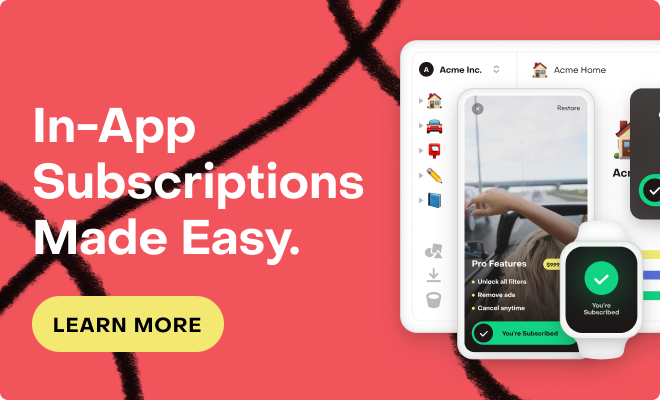I’m trying to synchronize a users subscriptions to my backend. I have a user with a sandbox subscriptions, I’m i’m trying to get information on their subscription status via:
curl --request GET \
--url https://api.revenuecat.com/v2/projects/xxxxxxxx/customers/xxxx04c3-9caa-456f-9afc-f84cea6f2bf6/subscriptions \
--header 'Authorization: Bearer sk_xxxxxxxxxxxxxxxxxx'I get a 200 OK, but the items array is empty.
{
"items": [],
"next_page": null,
"object": "list",
"url": "https://api.revenuecat.com/v2/projects/xxxxxxx/customers/xxxxxxx-9caa-456f-9afc-f84cea6f2bf6/subscriptions"
}Both the RC dashboard and SDK show me that the user has an active entitlement.
The endpoint has an optional query parameter “environment” which can be set to “sandbox” (doesn’t make a difference) but at least it tells me it should work for sandbox? What am I missing here? Is there a secret query parameter similar to V1 that I need to set to get the sandbox purchases included here as well?
Best answer by antonio
View original



